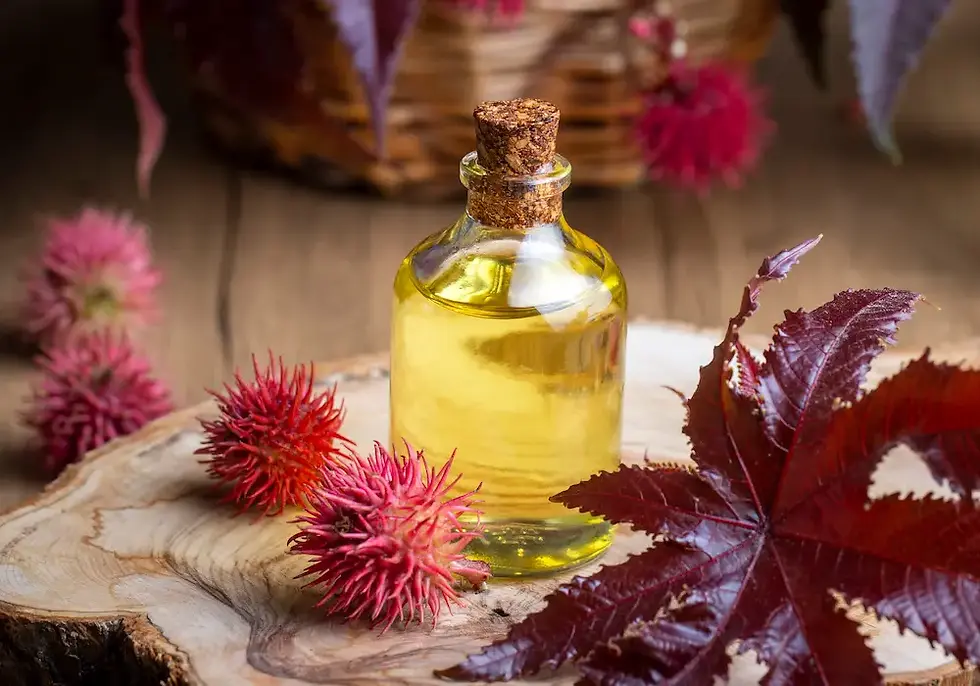Why Has My Beard Stopped Growing? Understanding Beard Growth Issues and Causes of Slow Beard Growth
- Hairy Highlander

- Mar 22, 2024
- 3 min read
Updated: Mar 31
Discover common causes of slow beard growth and effective solutions to overcome beard growth issues for a fuller, healthier beard.

Many men experience moments of frustration when they notice their beard has stopped growing or seems to have plateaued. Understanding the three stages of beard growth can help you determine if your beard has truly stopped growing or if it's just in a transitional phase.
The Stages of Beard Growth
The anagen stage is the active growth phase, lasting anywhere from 2 to 6 years for most men. This is when new hair is produced and grows actively. Genetics play a significant role in determining how long this phase lasts and how thick the beard grows.
The catagen stage is the transitional phase, lasting a few weeks. During this time, the hair follicle shrinks, and beard growth halts temporarily.
The telogen stage is the resting phase, where the old beard hair sheds, and new hair begins to form. This phase can last several months. If you’ve reached your beard’s terminal length, your beard might appear to stop growing. However, remember that factors like hormones, genetics, and overall health can impact beard growth at any stage.
Hormones and Beard Length: The Role of Testosterone and DHT
Testosterone and dihydrotestosterone (DHT) are the two main hormones responsible for beard growth. Testosterone stimulates the growth of facial hair, while DHT enhances the thickness and length of the beard by prolonging the hair growth phase. Higher levels of testosterone often result in a fuller, thicker beard, while lower levels can lead to slower or thinner beard growth.
Although testosterone and DHT play an essential role, it’s important to note that genetics is ultimately the determining factor in beard growth. While some men with high testosterone and DHT levels experience fast, dense growth, others may have challenges with thickness regardless of hormone levels.
Beard Growth and Male Hormones: The Impact of Everyday Chemicals
Exposure to environmental toxins and endocrine disruptors like bisphenol A (BPA) and phthalates can interfere with male hormones, including testosterone. These chemicals, commonly found in plastics, cosmetics, and synthetic fragrances, can significantly impact hormonal balance, potentially leading to slower beard growth.
When these disruptors lower testosterone levels, they can affect not just beard growth, but also overall health. Low testosterone is linked to decreased libido, reduced muscle mass, and other health concerns. If you're aiming for a fuller beard, avoiding exposure to these harmful chemicals can help maintain optimal hormone levels.
How to Minimize Exposure to Hormone-Damaging Chemicals
To promote healthy beard growth, reducing exposure to harmful chemicals is essential. Here are some steps to minimize your exposure to endocrine disruptors:
Choose organic products that are free from phthalates, parabens, and synthetic fragrances.
Opt for natural beard oils and grooming products that use safe, chemical-free ingredients.
Avoid plastic containers and packaging, which often contain BPA. Instead, choose glass or stainless steel products where possible.
Being proactive in selecting natural, organic products and minimizing environmental toxins can create a more favorable environment for your beard to thrive.
Supporting Beard Growth with Healthy Lifestyle Choices
In addition to addressing hormone levels and environmental factors, maintaining a healthy lifestyle is crucial for beard health. Regular exercise, a balanced diet, and sufficient sleep can all contribute to optimal hormone levels, which are essential for growing and maintaining a thick, healthy beard.
Conclusion: Achieving a Healthier Beard
Understanding the factors that contribute to beard growth—from hormones to environmental toxins—can empower you to make informed decisions about your beard care routine. By addressing both internal factors like testosterone levels and external influences like chemicals, you can support your beard’s natural growth cycle.
If you’re serious about promoting healthy beard growth, consider integrating these insights into your daily life. By focusing on hormone balance, proper nutrition, and choosing the right products, you can give your beard the best chance to thrive.


